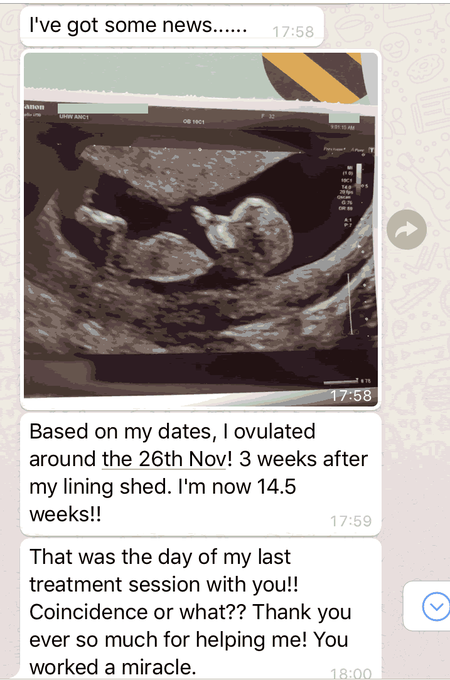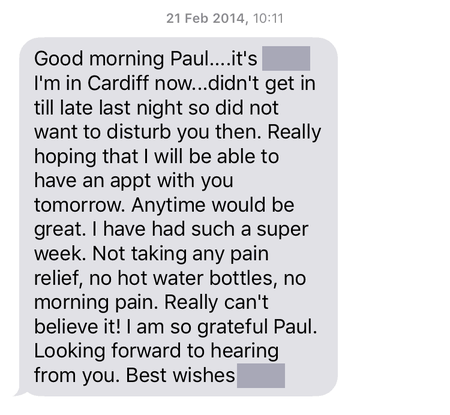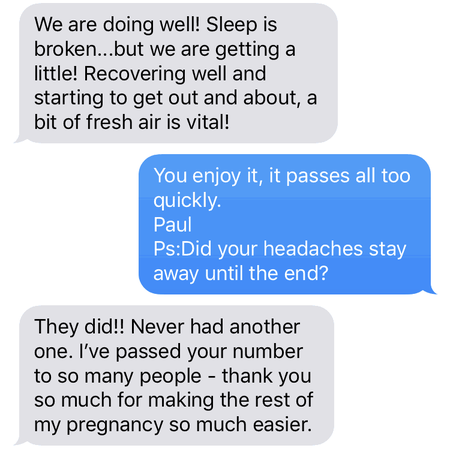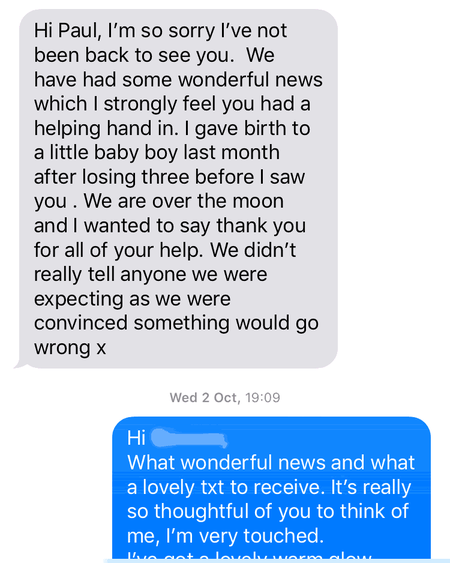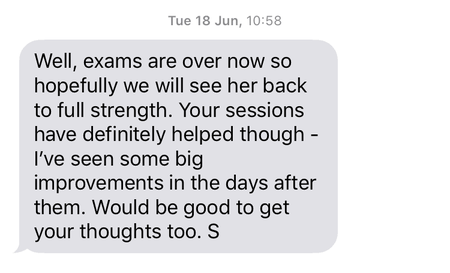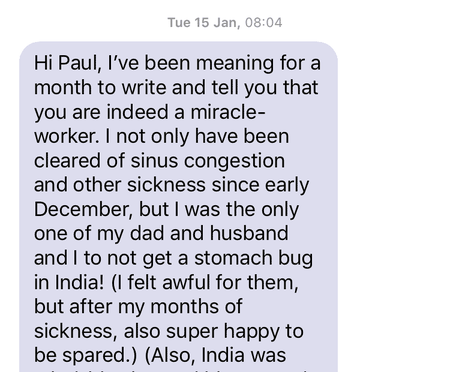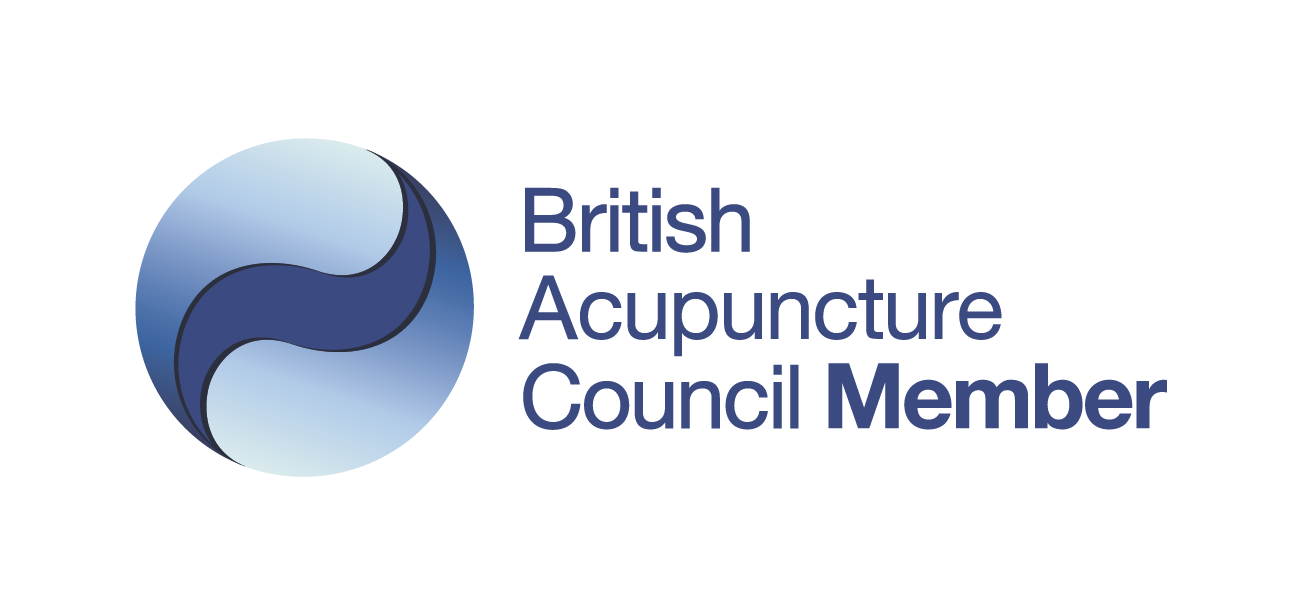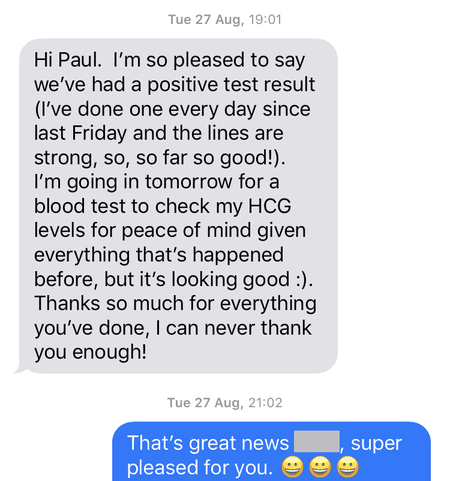
Acupuncture Treatment Methods
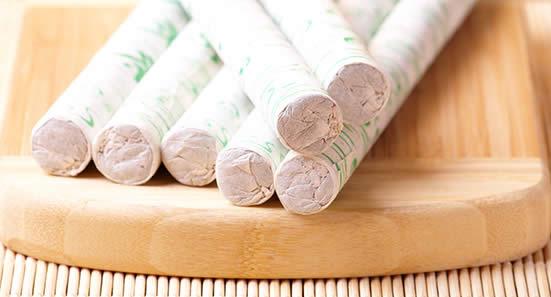
Below is a summary of the main treatment methods I use, there is a lot of cross over in the effect of treatment methods so if for some reason you don’t like one then I can often use another in it’s place.
Acupuncture Needling
Acupuncture needling is my main mode of treatment because of its great effectiveness and wide ranging effects. It involves the gentle insertion of single use, sterile needles that are a little thicker than a human hair. The needles are inserted into Acupuncture points in order to help stimulate the body’s natural tendency towards balance, this promotes better health. There are Acupuncture points all over the body and a Traditional Acupuncturist understands how to determine and select the best points to restore balance (and therefore health) to the patient concerned. The insertion of needles is actually the simplest part of the practitioners job; the major skill is in the developing an accurate Chinese Medical Diagnosis and determining the most insightful selection of Acupuncture points to lead to the most successful outcomes from treatment.
Moxibustion
Moxibustion (moxa) involves the smouldering (without flames) of the Chinese herb Moxa on Acupuncture points, it is safely removed well before it can burn the skin. A small cone of moxa is lit with something similar to an incense stick and smoulders for a few seconds, gently warming the area in question. Moxibustion is essentially a treatment that warms people although its use in Chinese Medicine is more sophisticated than this. Moxa can be applied directly to the skin or indirectly by holding smouldering moxa near to an Acupuncture point, there are also techniques where moxa is attached to an acupuncture needle to conduct gentle heat into an acupuncture point. In the hands of a properly trained practitioner it is completely safe.
Moxibustion of the Acupuncture point Bladder 67 is used to turn breech babies and this is its most well known application click here to view Journal of the American Medical Association research showing this but the use of moxa is applicable in a wide range of situations and it is widely used to support many different Acupuncture treatments.
Tui Na
Pronounced (twee – nar)is a form of Chinese massage often used in conjunction with Acupuncture, Moxibustion and Chinese cupping. It is a hands on body therapy that works with the principles of Traditional Chinese Medicine (TCM) to bring the body into balance. The techniques involve brushing, kneading, rolling/pressing, and rubbing areas between each of the joints, to get the body’s energy moving and get the energy moving in the channels and the muscles.
Tui na techniques are also used to stimulate Acupuncture points and so support Acupuncture treatment.
Tui Na is particularly appropriate for acute and chronic conditions with muscles and joints but also for other conditions, Children and older people respond well to Tui Na and it can be used when needling is not appropriate.
Chinese Cupping
Chinese cupping involves the creation of a partial vacuum in a smooth glass ‘cup’ this is placed on the skin where it draws the blood flow closer to the surface of the skin. This can be used to help muscle and joint issues as well as to augment other treatment like Acupuncture. Cupping of specific points on the body in the very first stages of a viral type infection is also thought to help the body defend itself speeding recovery and minimising the impact of the infection.
Guasha
With Guasha a smooth tool is used to gently rub over the skin. This stimulates blood flow to the skin in a similar manner to cupping and is used to treat similar conditions.

